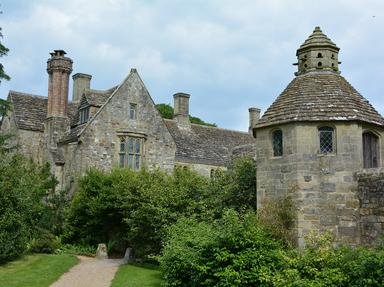Quiz Answer Key and Fun Facts
1. Elizabeth, Anne and Mary
2. John, Elinor, Marianne and Margaret
3. Tom, Edmund, Maria and Julia
4. George and John
5. Frederick, Henry and Eleanor
6. Fanny, Edward and Robert
7. Fitzwilliam and Georgiana
8. Sophy, Edward and Frederick
9. Jane, Elizabeth, Mary, Kitty and Lydia
10. William, Fanny, John, Richard, Susan, Mary, Sam, Tom, Charles and Betsey
Source: Author
Fifiona81
This quiz was reviewed by FunTrivia editor
looney_tunes before going online.
Any errors found in FunTrivia content are routinely corrected through our feedback system.
